Who's Ready for Hybrid?
Higher education is accommodating students with AV solutions.
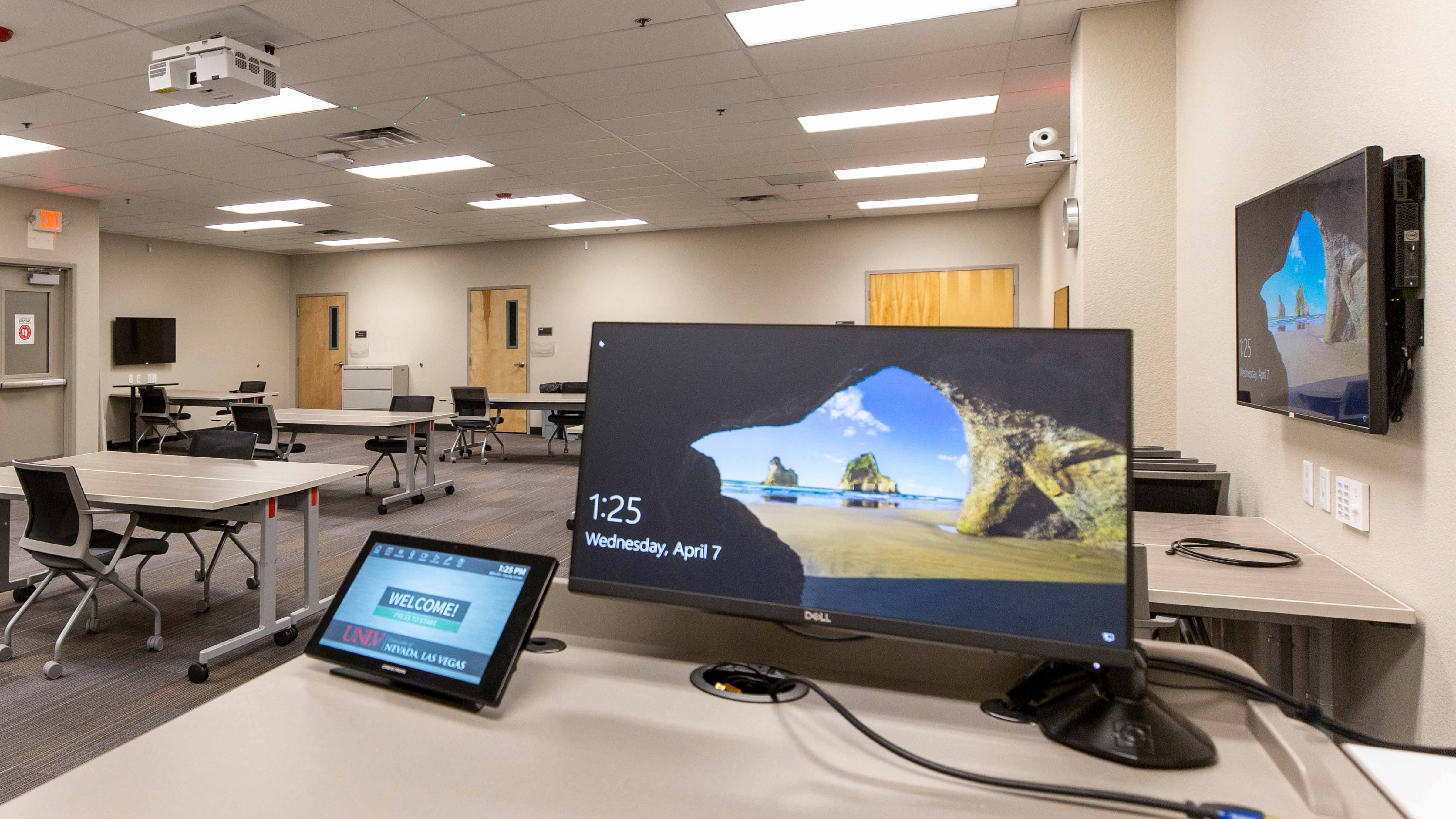
The pandemic forced higher education institutions to go remote and then hybrid. Now, many schools will continue offering distance learning options to accommodate the practical needs of both students and faculty. Solid AV solutions, of course, make this possible.
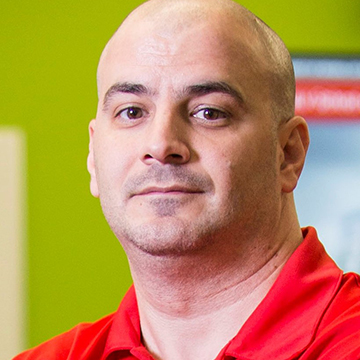
In early 2021, for example, the University of Nevada, Las Vegas began deploying what it calls its RebelFlex classrooms—spaces that leverage traditional AV technology while incorporating web conferencing and lecture capture for both synchronous and asynchronous learning. Frank Alaimo, CTS-I, DMC-E-4K, senior AV systems specialist and acting manager of classroom technology services at UNLV, explained that the university’s decision to wait and see how the pandemic evolved before deploying allowed for valuable insight. “We had 8-10 months to see what everyone else did, and what worked and what didn’t work,” he said.
[SCN Hybrid World: Seeing Is Believing with these 17 Conference Cameras]
The rollout, conducted in conjunction with local AV integrator CCS of Nevada, leveraged existing video projection systems and display technologies with the addition of Vaddio RoboSHOT PTZ tracking cameras. Each classroom was outfitted with Sennheiser TeamConnect Ceiling 2 microphones, which communicate with Sennheiser Control Cockpit software via Dante for remote monitoring and management. Panopto recording devices are used for lecture capture, with switching provided by Crestron 8x8 units and control through Crestron touchpanels.
All About Consistency
One primary goal driving the design of the spaces was to provide a consistent user experience from room to room––and location to location. “Whether the students were in the room, in a live conference at home, or if they were watching a recording later, the experience had to be the same,” said Michael Theil, CTS, CQD, DMC-E-4K, classroom control systems specialist at UNLV. “Our goal was to make sure that it was synonymous with whatever platform you wanted to use.”
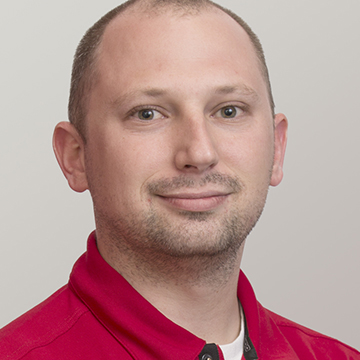
Delivering consistency and ease of use to instructors was also top priority. Theil addressed this while programming the control system by providing a set of simple presets that enable faculty members to control the cameras and to switch between sources. He also noted that Dante-enabled Biamp TesiraFORTE DSPs, featuring acoustic cancellation, eliminate the need for users to be skilled at using microphones.
“We’re using automatic gain for the microphones, so that way they don’t have to worry about whether they’re speaking too loud or too quietly. Or, if they’re passing a microphone between people, it will automatically raise and lower the levels and removes any echo coming from the speakers in the room,” he explained. “It lessens the controls on the panel that they have to interact with.”
A daily selection of features, industry news, and analysis for AV/IT professionals. Sign up below.
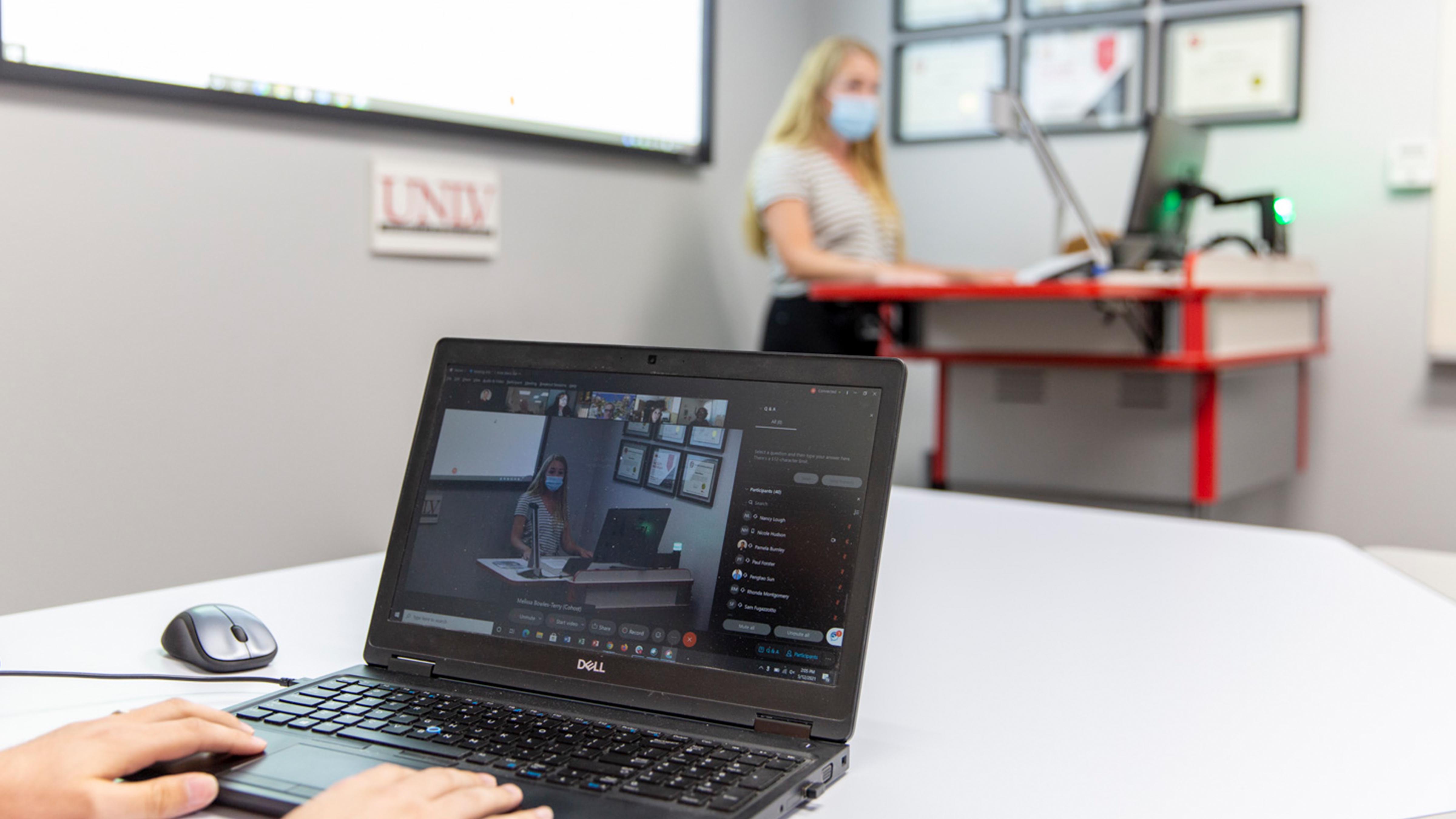
UNLV has already rolled out 62 RebelFlex classrooms, which seat anywhere between 25 to 179 students. While 75 percent of classes are now in person (with the goal of this increasing to 90 percent come September), hybrid learning will continue to remain an option. One driving factor behind this is addressing the needs of UNLV students, many of whom would benefit from the added flexibility of being able to attend class remotely.
“If a student has obligations––like work or taking care of their kids––now they can web conference in,” Theil said. “It adds a lot more value and [gives more people] the ability to get a university education.”
Quality vs. Quantity
Wilkes Community College in Wilkesboro, NC, began experimenting with hybrid learning back in 2017, well before the pandemic. Jason Sitek, instructional technologies specialist, explained that this was to make attending class easier for students with classes across several campus locations. Prior to 2017, the college’s distance learning offerings required “remote” students to be in a classroom; by integrating platforms such as Skype for Business (at the time) and Microsoft Teams, they could sign in from anywhere.
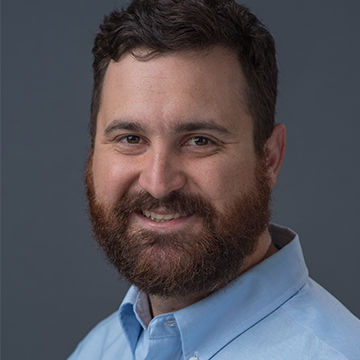
The initial deployment involved one general classroom as well as another used by the nursing department. Since the pandemic, the synchronous classroom count is up to 15. During this entire initiative, Wilkes has worked with ClarkPowell, an AV design and integration firm based in Winston-Salem, NC.
[Higher Education: Get to Know USC, Hybrid Learning Pioneers]
Michael Wingler, vice president of IT and operations/CIO at Wilkes, said the school’s jumpstart on hybrid learning provided some perspective. Instead of deploying as many rooms as possible with whatever equipment was attainable, the focus was on quality. “We elected to focus on quality,” he said. “That student deserves the same quality remotely as the quality they get when they sit in the classroom.”
Consistency and simplicity were also paramount at Wilkes, so faculty members could focus on delivering their lectures rather than operating complex systems. While more sophisticated spaces feature touchscreens, most classrooms are outfitted with a simple Extron MLC Plus 100 controller. Each unit features six buttons: on, off, PC (for the station computer), doc cam (for the document camera), laptop, and mute.
“White buttons, black letters, high contrast—you know which one you’re pressing,” Sitek noted. “And if you press the wrong one, all you have to do is press the right one and it’ll switch over.” An added advantage of this approach is that the college was able to benefit from some cost savings where touchscreens weren’t really required.
Lecture Hall Lessons
Larger lecture halls that seat 200 to 300 people often accommodate more sophisticated presentations that incorporate more production-related best practices. For this reason, Lee White, CTS, account manager at ClarkPowell, urges colleges and universities to provide onsite technicians to operate these systems while instructors are teaching. “When they’re streaming it out, they want it to look as professional as possible, and [that involves] multiple cameras, a production switcher that’s managing these cameras, and someone that is controlling the cameras––which are usually pan/tilt/zoom,” he said.
[High Expectations for Hybrid Education]
White cited one 300-seat education venue that he is currently working with, which features four 4K-capable PTZ cameras, a switcher, and several sources, such as the station PC, or instructors’ personal laptops: “Someone is running the cameras for them, and then another person is switching from his sources and bringing up content. If it’s lecture capture, then we’re feeding the content directly into the lecture capture machine at the same time, so it’s a picture-in-picture kind of scenario.”
White’s argument for onsite technical support during these sessions is based on how many different components are involved in a larger hybrid presentation. “You really need more than one camera—even if you have auto-tracking—because there are so many other things that are going on,” he said. “And, if there’s audience participation, someone needs to be there to get that camera switched for them.”
While we’re gradually moving out of the pandemic, White believes hybrid learning will continue to remain prominent. “The thing to fully understand about virtual learning is that it’s here to stay,” he said. “It may not be a Zoom class, but [colleges and universities] will be capturing all of these classes with quality video and audio so that they can be repurposed, or so that students that missed class that day can see it. So while it may not be a live virtual class, day-in, day-out like it was, cameras and technology are still very important.”
Let There Be Light
One challenge that Wilkes Community College continues to face is providing adequate lighting in its hybrid classrooms, admitted Michael Wingler, vice president of IT and operations/CIO. Faculty members, he said, are accustomed to turning out the lights when displaying content—leaving cameras in the dark and remote students with a subpar viewing experience.

To resolve this, the college has invested in brighter projectors and displays, which has required some custom configuration, depending on the space. “We either remove lights as needed to prevent glares, [or] we reposition lights,” Wingler explained. “We also make sure that the tracking cameras are working properly in that environment.”
And, Wingler added, his team has performed some “awareness training” to gently coax faculty to break the habit of cutting the lights.
Carolyn Heinze has covered everything from AV/IT and business to cowboys and cowgirls ... and the horses they love. She was the Paris contributing editor for the pan-European site Running in Heels, providing news and views on fashion, culture, and the arts for her column, “France in Your Pants.” She has also contributed critiques of foreign cinema and French politics for the politico-literary site, The New Vulgate.
